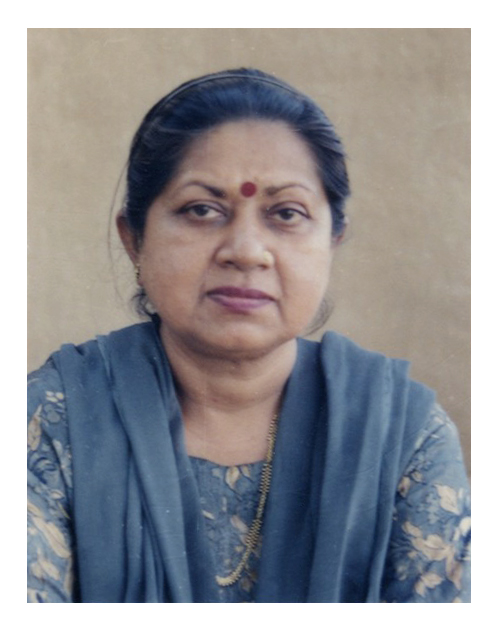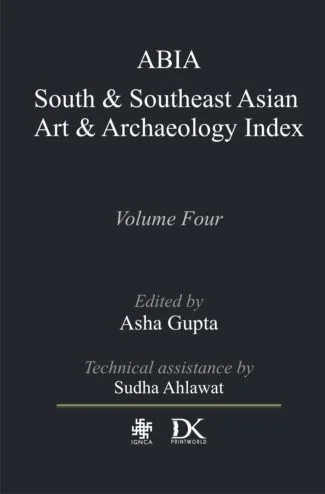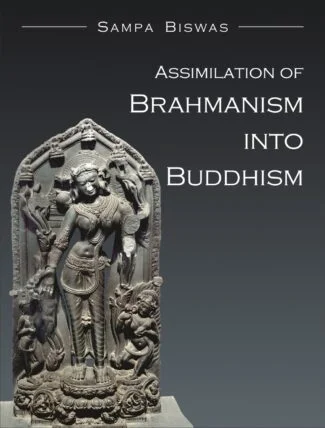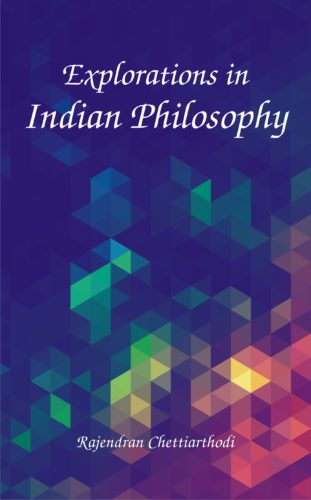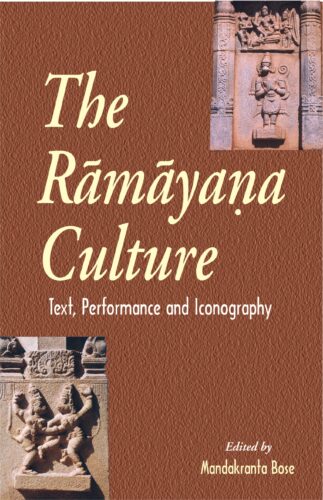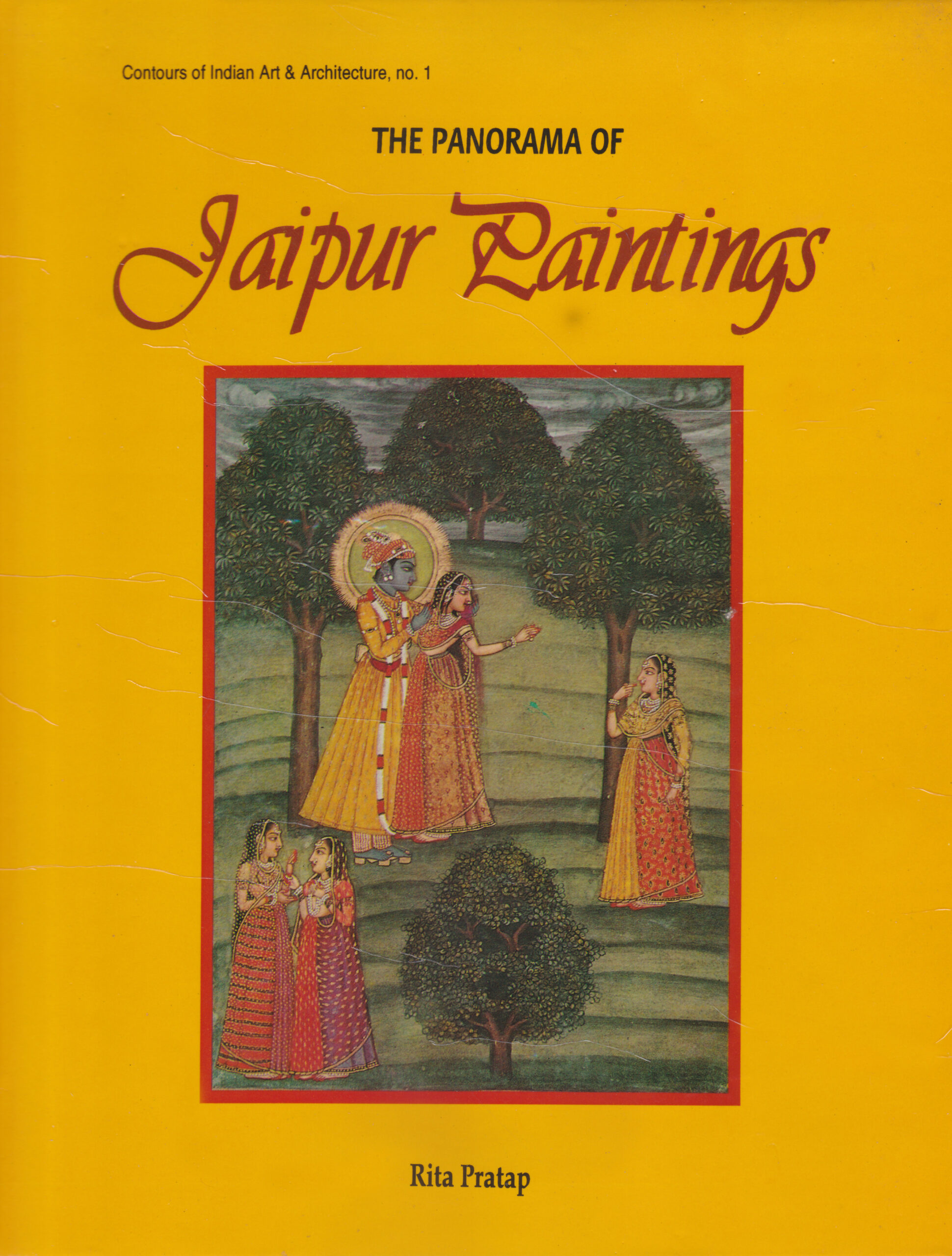
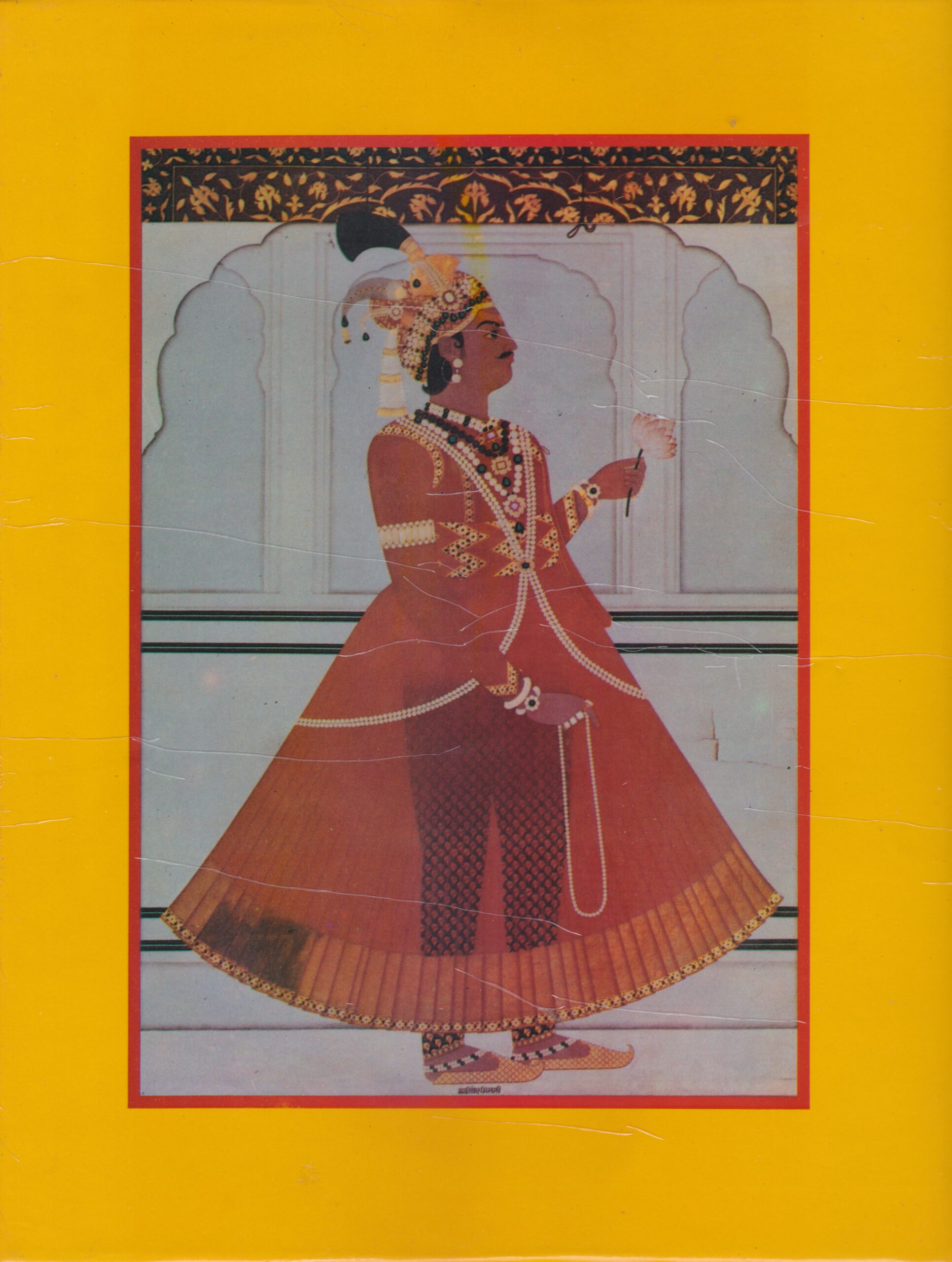
Panorama of Jaipur P...
Panorama of Jaipur Paintings
by: Rita PratapThe book offers an exclusive study of the Jaipur School of Miniature Painting, in all its different articulations with focus on its historical evolution, style, form, motifs, artists and its linkages with other forms of creative expression.
Original price was: ₹1,800.00.₹1,620.00Current price is: ₹1,620.00.
ISBN: 9788124600689
Year Of Publication: 1996
Edition: 1st
Pages : xxiv, 234
Bibliographic Details : 2 Maps: 46 Colour illustrations; 47 B/w photographs; Line-sketches; Appendix; Glossary; Bibliography; Index
Language : English
Binding : Hardcover
Publisher: D.K. Printworld Pvt. Ltd.
Size: 29 cm.
Weight: 1500
Over the centuries, Indian art tradition came to have its differentiative regional, even local, specificities. For instance, the Jaipur School of Painting. Isolating itself from other Rajasthani genres like Mewar, Bikaner or Bundi, the Jaipur school set out its independent, distinctive identity, sometime during the early years of the 18th century. Historically, it was the time when the once-glorious Mughal empire was beginning to disintegrate and many of its court painters discovered, in Jaipur, a conducive haven under the generous patronage of Sawai Jai Singh (ad 1699-1743). As the capital of Rajasthan, the erstwhile Rajputana, Jaipur evokes memories of Rajput chivalry, and legendary romance. And it unmistakably represents the beautiful in art and the magnificent in architecture leave alone its fabulous cultural traditions. The School of Painting that thrived has here for over 150 years since Jai Singhs time, covers a whole diversity of themes: both sacred and secular, evolving a veritable panorama of contemporary life and culture. And yet collectively, notwithstanding their exposure to the earliest character of Mughal art, Jaipur miniatures are steeped in tradition drawing inspiration from Indian mythology, epical/classical literature, and folklore. For the first time, Dr. Rita Pratap offers an exclusive study of the Jaipur School of Miniature Painting, in all its different articulations with focus, among other aspects, on its historical evolution; its style, forms and motifs; its artists and ateliers; and its linkages with other forms of creative expression: literature, music, sculpture, dance. For her meticulous analysis she has drawn on the miniatures from private collections and museums around the world. Besides including bibliographic references and a glossary of non-English words, the book is embellished with representative specimens of Jaipur miniature paintings, exquisite figures and photographic reproductions in colour.
Preface
Transliteration Chart
Chronology of Jaipur Rulers
Abbreviations
List of Colour Illustrations and Figures
Map of Rajasthan
Map of Rajpootana (Portion of Jeypoor)
1. Introduction to Jaipur School
Politico-Cultural History of the Kachavahas of Amber and Jaipur
The Indigenous Art of the Region
Mughal Painting and its Interaction with Rajasthani Painting
The Emergence and Blooming of Jaipur School of Painting
2. Themes and Subjects
Royal Durbars and Processions
Royal Durbars — Processions
Hunting and Battle Scenes
Hunting Scenes — Battle Scenes
Festivals
Portraits
Self-Portraits of Artists
Harem Scenes
Religious Subjects
The Ramayana — The Mahabharata — Ganesha — Shakti Devi as Demon Slayer — Durga Path Set No. 1
Indra Fights
Durga Path Set No. 2
Depiction of Common People
Baramasa
Other Subjects
Ballad and Romance
Treatment of Themes and Subjects
Architecture and Landscape
Architecture — Landscape
3. Material Culture
Costumes and Jewellery
Female Costumes — Pigments, Dyes and Pastes — Female Jewellery (Abharana Bhushana) — Male Costumes — Pigments, Pastes and Dyes — Male Jewellery (Abharana, Bhushana)
Musical Instruments
Cymbals — Wind Instruments — String Instruments — Percussion Instruments — Frame Drums — Kettle-Drums
Insignia of Royalty
Sayaban — Chatra — Aurang — Alams — Jhanda (Flags) — Cauri or Camvar (Fly-Whisk)
Furniture/Equipment
Household Furniture — Riding Equipments — Other Accessories
Arms and Armours
Swords — Daggers — Weapons for Striking — Archery — Fire Arms
Utensils
Pots for Serving — Decorative Items
4. The Art Material and Application
Preparation of Washli (Paste-Boards)
Ghutai
Pigments and Colours
Primary (Basic) Colours — Mishrita (Composite) Colours — Gold and Silver
Binding Material
Animal Glue (Sares) — Gums
Papers, Brushes and Other Instruments
Papers — Brushes — Other Instruments
Technique of Application
Khulai
Decoration of Border (Hashiyas)
Mounting of Paintings in Albums
5. Suratakhana or the Painting Atelier
Organisation
Recorded Names of Artists
Mirza Raja Jai Singh — Maharaja Sawai Jai Singh — Maharaja Sawai Ishwari Singh — Sawai Madho Singh I — Maharaja Sawai Prithvi Singh — Maharaja Sawai Pratap Singh — Sawai Jagat Singh — Sawai Jai Singh III — Sawai Rama Singh II — Sawai Madho Singh II — Sawai Man Singh II
Hereditary Appointments
Samvat 1870/ad 1813
Salaries, Increments and Awards
Salaries — Increments — Awards
Gifts to Maharajas
A Treatise on Painters
Sahibarama — Ramajidasa Artist — Lal Citera
6. Art Analysis
Delineation and Perspective
Postures (Sthanas)
Figure and Form
Proportion
Rekha and Bindu
7. Jaipur School In Retrospect
Appendix
Glossary
Bibliography
Index
Afterword


